VENTRICULAR SEPTAL DEFECT
A ventricular septal defect (VSD), a hole in the heart, is a common heart defect that’s present at birth (congenital). The hole (defect) occurs in the wall (septum) that separates the heart’s lower chambers (ventricles) and allows blood to pass from the left to the right side of the heart. The oxygen-rich blood then gets pumped back to the lungs instead of out to the body, causing the heart to work harder.
A small ventricular septal defect may cause no problems, and many small VSDs close on their own. Medium or larger VSDs may need surgical repair early in life to prevent complications.

SYMPTOMS
Signs and symptoms of serious heart defects often appear during the first few days, weeks or months of a child’s life.
Ventricular septal defect (VSD) symptoms in a baby may include:
- Poor eating, failure to thrive
- Fast breathing or breathlessness
- Easy tiring
Doctor may not notice signs of a ventricular septal defect at birth. If the defect is small, symptoms may not appear until later in childhood — if at all. Signs and symptoms vary depending on the size of the hole and other associated heart defects.
Doctor may first suspect a heart defect during a regular checkup if he or she hears a murmur while listening to your baby’s heart with a stethoscope. Sometimes VSDs can be detected by ultrasound before the baby is born.
Sometimes a VSD isn’t detected until a person reaches adulthood. Symptoms and signs can include shortness of breath or a heart murmur doctor hears when listening to your heart with a stethoscope.
Call doctor if your baby or child:
Tires easily when eating or playing
Is not gaining weight
Becomes breathless when eating or crying
Breathes rapidly or is short of breath
Call doctor if you develop:
Shortness of breath when you exert yourself or when you lie down
Rapid or irregular heartbeat
Fatigue or weakness
CAUSES
Congenital heart defects arise from problems early in the heart’s development, but there’s often no clear cause. Genetics and environmental factors may play a role. VSDs can occur alone or with other congenital heart defects.
During fetal development, a ventricular septal defect occurs when the muscular wall separating the heart into left and right sides (septum) fails to form fully between the lower chambers of the heart (ventricles).
Normally, the right side of the heart pumps blood to the lungs to get oxygen; the left side pumps the oxygen-rich blood to the rest of the body. A VSD allows oxygenated blood to mix with deoxygenated blood, causing the heart to work harder to provide enough oxygen to the body’s tissues.
VSDs may be various sizes, and they can be present in several locations in the wall between the ventricles. There may be one or more VSD.
It’s also possible to acquire a VSD later in life, usually after a heart attack or as a complication following certain heart procedures.
RISK FACTORS
Ventricular septal defects may run in families and sometimes may occur with other genetic problems, such as Down syndrome. If you already have a child with a heart defect, a genetic counselor can discuss the risk of your next child having one.
COMPLICATION
A small ventricular septal defect may never cause any problems. Medium or large defects can cause a range of disabilities — from mild to life-threatening. Treatment can prevent many complications.
Heart failure. In a heart with a medium or large VSD, the heart needs to work harder to pump enough blood to the body. Because of this, heart failure can develop if medium to large VSDs aren’t treated.
Pulmonary hypertension. Increased blood flow to the lungs due to the VSD causes high blood pressure in the lung arteries (pulmonary hypertension), which can permanently damage them. This complication can cause reversal of blood flow through the hole (Eisenmenger syndrome).
Endocarditis. This heart infection is an uncommon complication.
Other heart problems. These include abnormal heart rhythms and valve problems.
PREVENTION
In most cases, you can’t do anything to prevent having a baby with a ventricular septal defect. However, it’s important to do everything possible to have a healthy pregnancy. Here are the basics:
Get early prenatal care, even before you’re pregnant. Talk to your doctor before you get pregnant about your health and discuss any lifestyle changes that your doctor may recommend for a healthy pregnancy. Also, be sure you talk to your doctor about any medications you’re taking.
Eat a balanced diet. Include a vitamin supplement that contains folic acid. Also, limit caffeine.
Exercise regularly. Work with your doctor to develop an exercise plan that’s right for you.
Avoid risks. These include harmful substances such as alcohol, tobacco and illegal drugs.
Avoid infections. Be sure you’re up to date on all of your vaccinations before becoming pregnant. Certain types of infections can be harmful to a developing fetus.
Keep diabetes under control. If you have diabetes, work with your doctor to be sure it’s well-controlled before getting pregnant.
If you have a family history of heart defects or other genetic disorders, consider talking with a genetic counselor before getting pregnant.

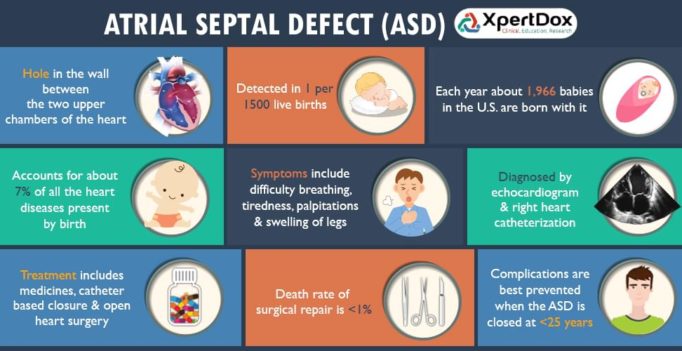

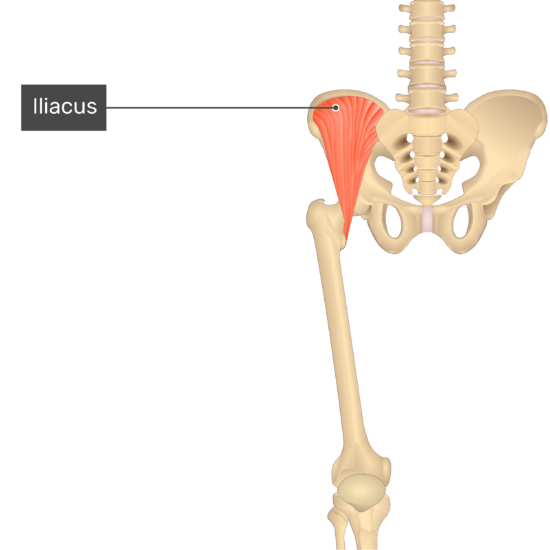
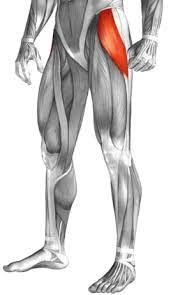
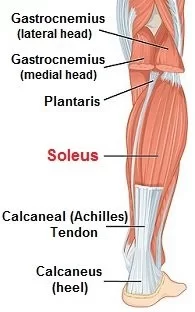

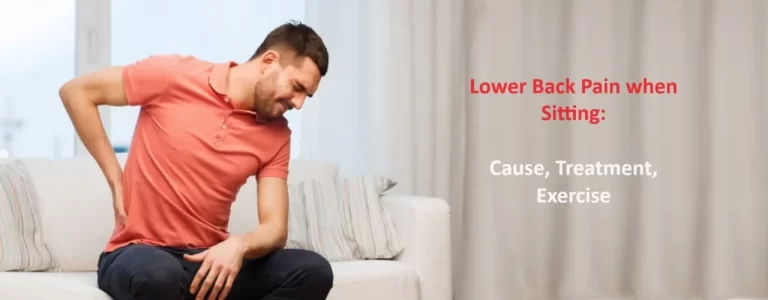
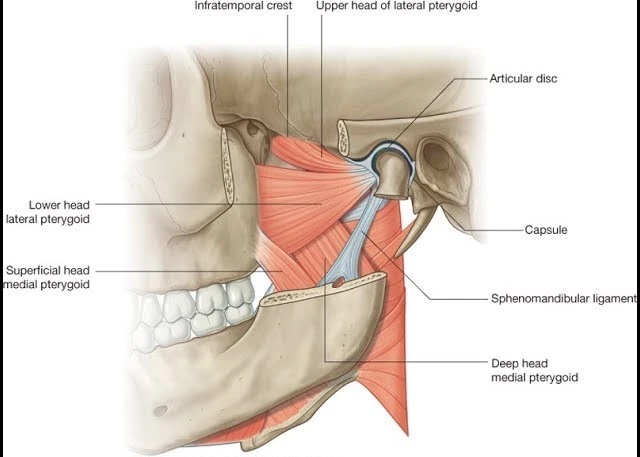
2 Comments